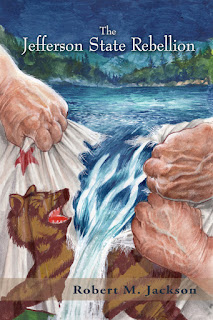“I only found a small stone structure with a metal plaque describing the Hooker Oak. Cars zipped past on busy Manzanita Avenue….. I wondered how many people remembered the great tree. Is it a ghost only rooted in a few peoples’ memories? If people forget about Hooker Oak, I fear they can also forget how important Bidwell Park is.”
Chicoans must never take the park for granted. And so, undertaking a years-long writing project, including three dozen interviews with those who love the park and a deep dive into the Bidwell Park and Playground Commission minutes from 1918 to the present, Belz has produced an enticing invitation to consider forces shaping the park.
“Bidwell Park: Personal Reflections And Casual Conversations About Chico’s Crown Jewel” ($19.95 in paperback from ANCHR, the Association for Northern California Historical Research, anchr.org) is an extraordinary and nuanced guide to 3670 square acres and their management.
After detailing park history, Belz considers “many visions for the park.” “Reader, let’s imagine going for a hike that begins in wild Upper Park. We follow Big Chico Creek through the more developed Middle Park, ending near downtown Chico in Lower Park. I show you places involved in some of Chico’s most contentious debates about the park.”
The key question looms over every chapter: “Does the park exist so people can have recreation, or should it be more of a nature preserve?”
Belz explains why a freeway crosses the park, considers Horseshoe Lake and guns, golf and beer, invasive plants, park volunteers, budgets, children’s education, homeless encampments, and the importance of remembering “that this is Mechoopda Maidu land and that tribal members see it as part of their home and their cultural heritage.”
As Belz and Roark hike the Yahi Trail in mid-May 2019, “Kate and I hadn’t seen many of the butterflies this spring, and we were excited to discover how many caterpillars had survived.”
How to ensure the park itself survives? “One does what one can.”



